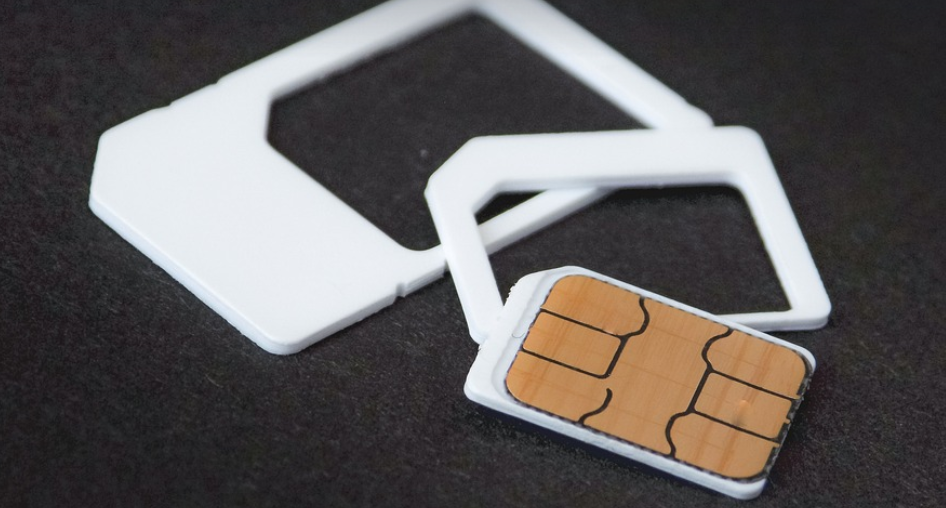Do Transmissions Need a Stop Leak?
Let’s be real, nobody wants to experience a sudden breakdown in their car. Not only is it stressful but can cost you an arm and a leg. When it comes to your transmission, many of us have probably heard of the magic bullet – a “Stop Leak” additive. It sounds simple, right? Just pour some in and your transmission will be cruising like it’s brand new.
But what exactly is “stop leak,” how does it work, and is it truly a miracle worker?
What Exactly Is Transmission Stop Leak?
Transmission stop leak products are marketed as a quick fix for transmission problems. These additives go into the transmission fluid to seal leaks, stop damage, and even improve shifting and smoothness. But there’s a catch: These additives aren’t meant to be permanent solutions.
The Mechanics of “Stop Leak”
Essentially, these additives work by plugging tiny holes or cracks in the transmission fluid lines and internal components. While some products claim to seal leaks immediately, others create more of a temporary barrier that helps prevent further damage. Think about it like this: If your car has a leaking hose, you’re going to need to fix the source of the leak for good, right? Stop-leak is just plugging up the hole while you wait to get the real repairs done.
Are Transmission “Stop Leaks” Effective?
The effectiveness of transmission stop leaks depends largely on what the problem is. If your transmission has a minor leak and your fluid levels are okay, adding a stop-leak solution might help for short periods. Some can even improve shifting performance by reducing friction. But remember, these products should be used only as a temporary measure.
The Big Picture: A Temporary Fix For a Deeper Issue
Think of it like this: the transmission “stop leak” products are like putting a bandage on a wound. It might seem like a good idea at first, but you’ll need to address the underlying issue for long-term success. So while they can provide some temporary relief and even improve shifting performance in certain situations, it’s crucial to understand that real transmission repair is necessary.
The Downside of “Stop Leak”
Here’s where things get a little more complicated: While stop-leak may seem like a quick solution, there are some serious downsides. First of all, the additives themselves can sometimes clog and wear down internal transmission components over time. This can actually lead to your transmission needing replacement sooner than usual.
Transmission “Stop Leak”: The Long Game
The problem with these products is that they are often designed to address only the symptoms of a leak, not the underlying cause. It’s like applying band-aids and hoping for the best. While quick fixes can be tempting, ultimately, they won’t solve the root issue. If you’re experiencing problems with your transmission, consulting an experienced mechanic is key.
A More Sustainable Solution: Transmission Repair
If your transmission is leaking, stop-leak products could potentially help for short periods, but it’s always a good idea to address the root cause of the problem. Whether it’s a minor leak or something more serious, you can count on professional mechanics for a lasting solution and prevent further damage to your vehicle
The Bottom Line
So is transmission “stop leak” worth the hype? It depends! For minor leaks and temporary issues, it might provide some relief, but it’s not meant for long-term use. It’s often seen as a band-aid solution to help you get by until you can afford proper repairs. Ultimately, a good-quality transmission fluid change, regular maintenance, and prompt attention to any potential problems are the best ways to ensure your car stays running smoothly for years to come.


